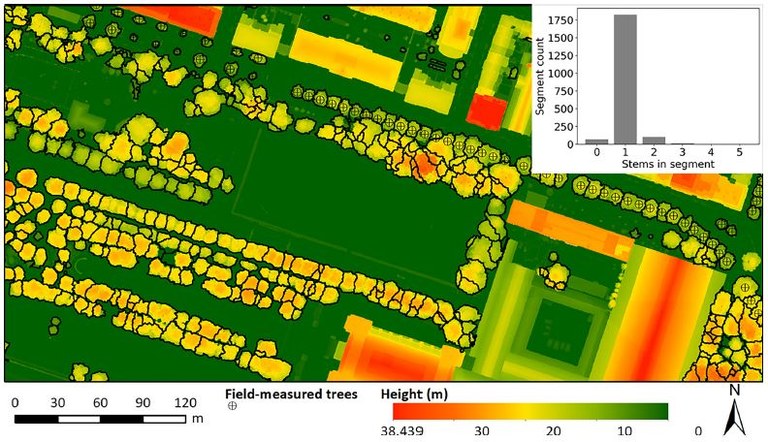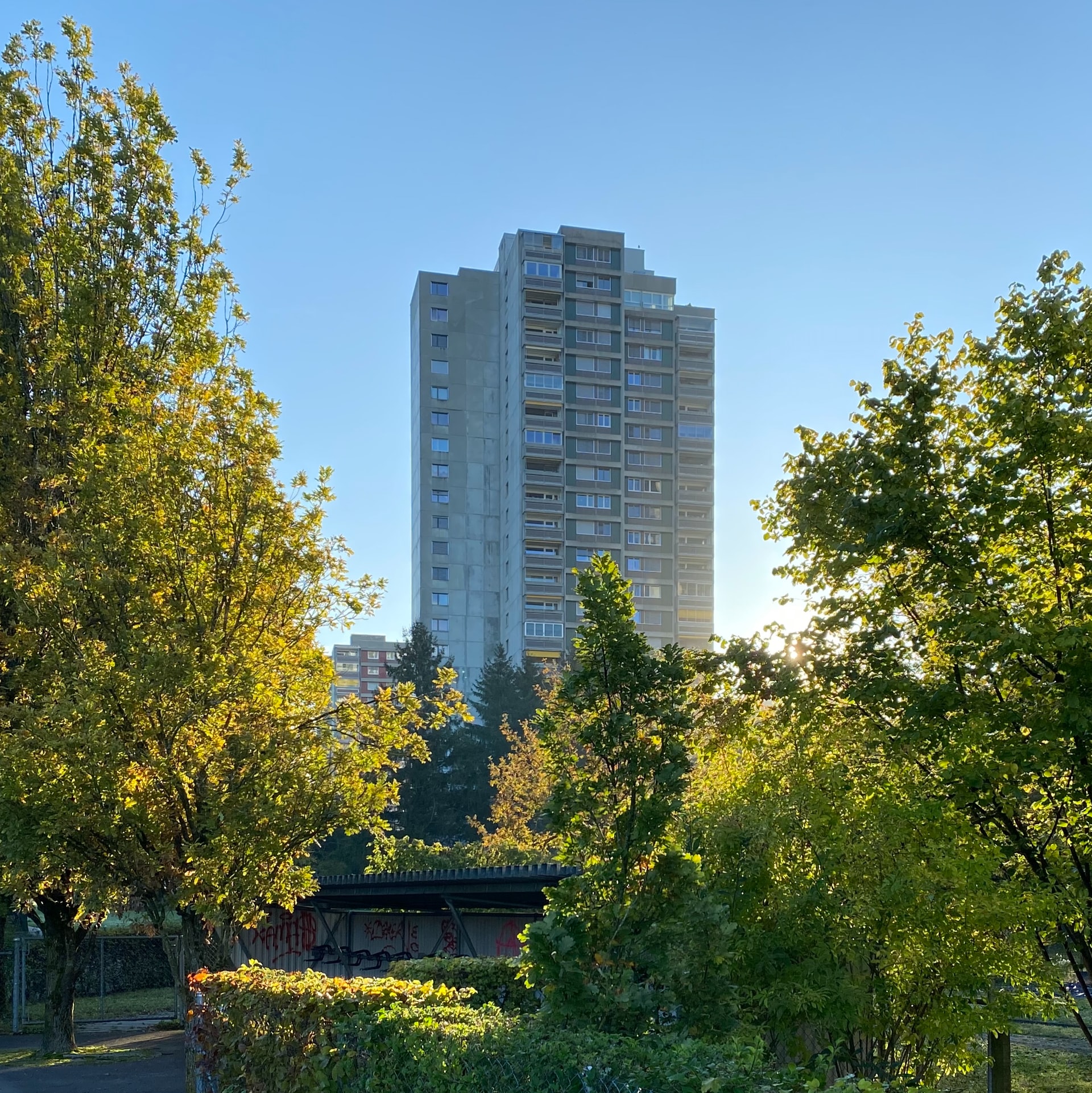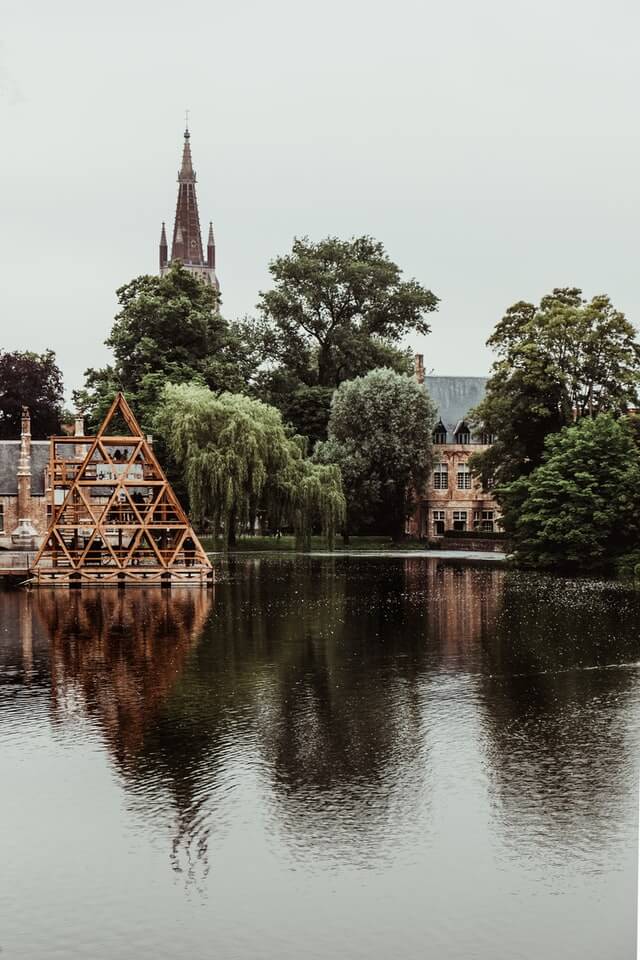
- Sustainable Planet -
- 5mins -
- 369 views
Belgian university study demonstrates connection between large urban trees and human health
Conserving large trees in urban environments may not only support conservation of biodiversity but also human health, as large-scale study conducted by KU Leuven found that both tree density and tree crown volume are inversely associated with medication sales for cardiovascular disease and mood disorders.
Residential Exposure to large Urban Trees Is good for heart and mind, shows Belgian study
You don’t cut down an old tree, say KU Leuven, the Belgian university that recently published a study demonstrating the positive connection between large urban trees and human health. Based on aggregated health data and comprehensive 3D tree data, researchers found that both tree density and tree crown volume are inversely associated with medication sales commonly prescribed for cardiovascular disease and mood disorders.
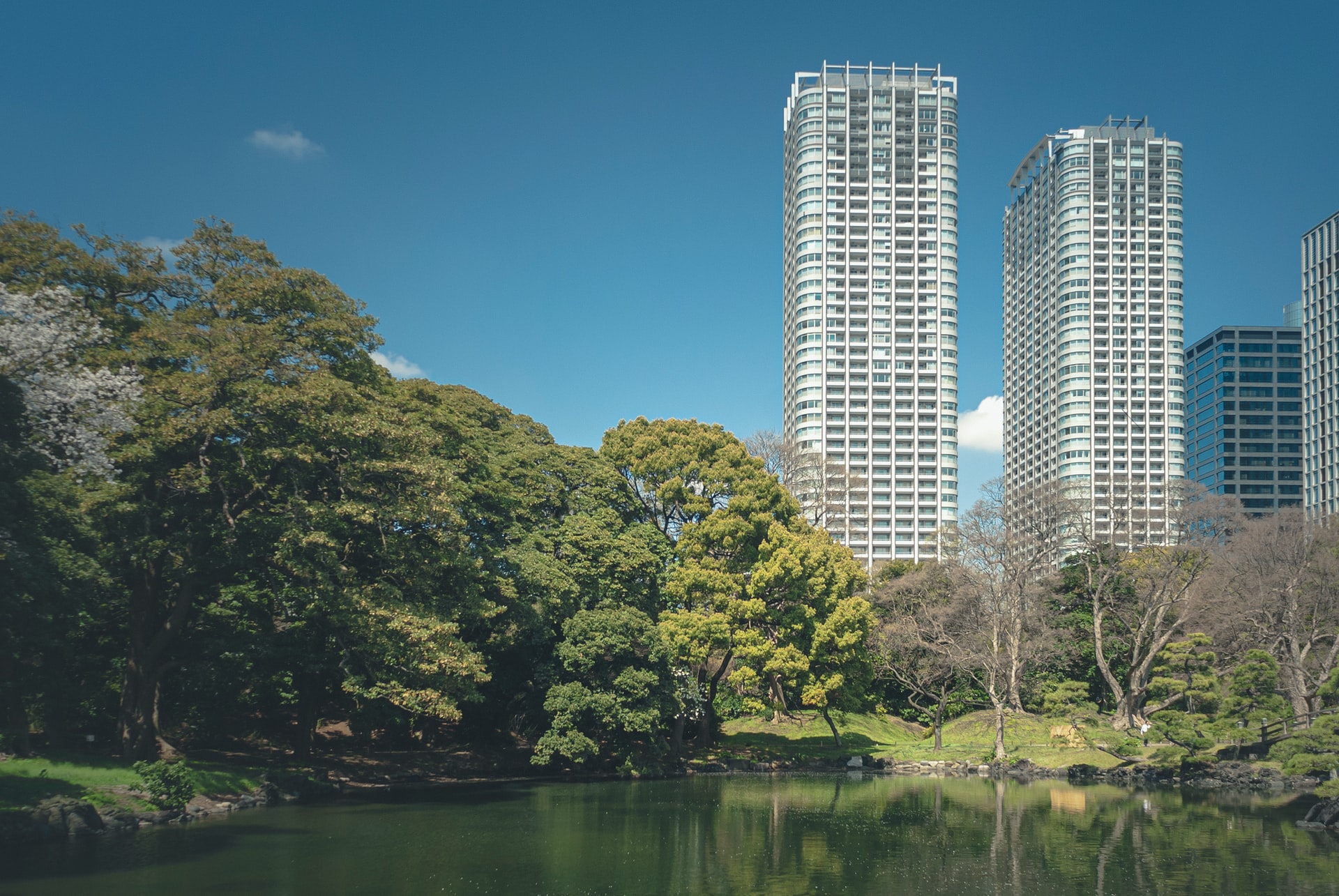
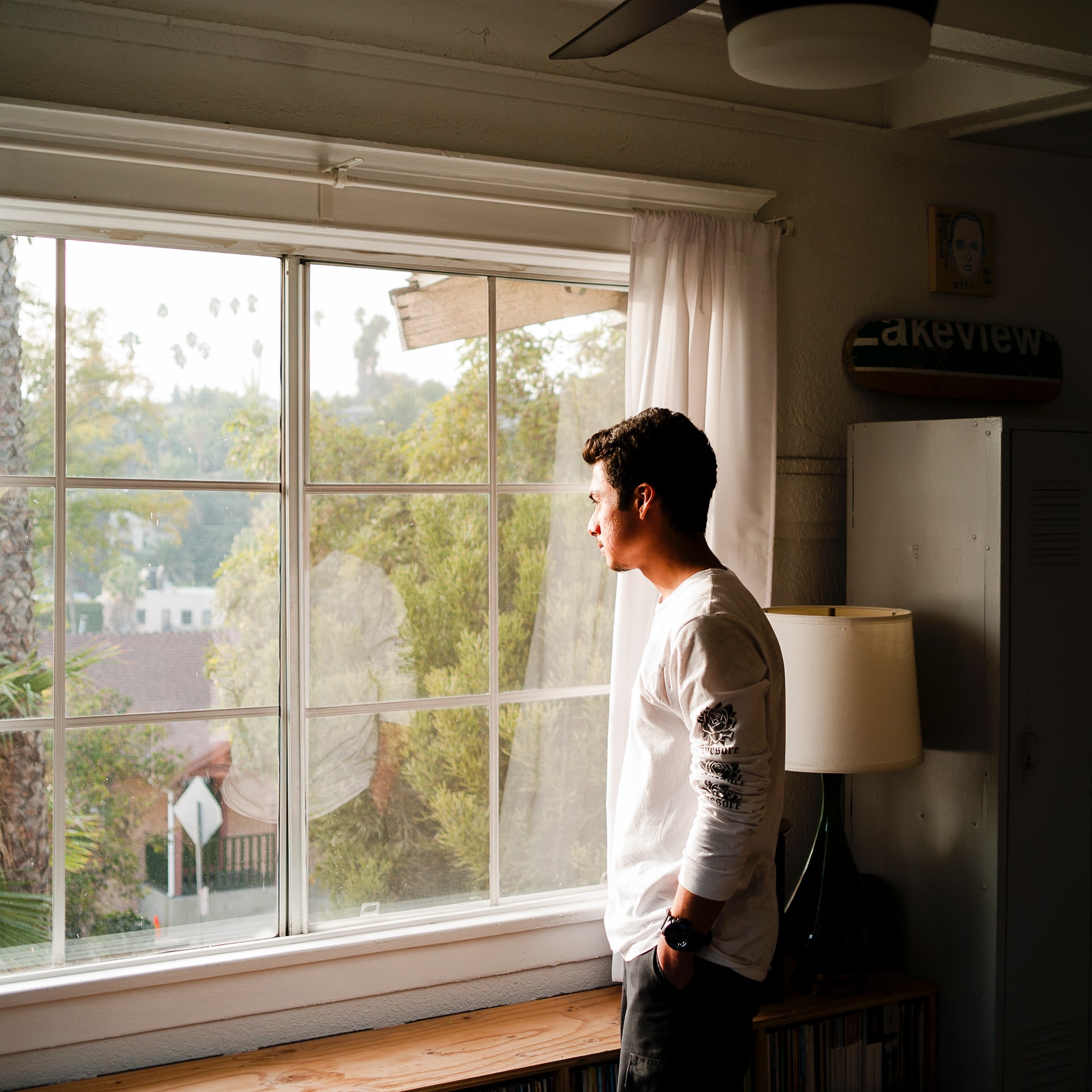
A green environment is spontaneously associated with positive health effects
Not every type of greenery in an urban environment has the same positive effect on people. One large tree with a robust crown has more impact than ten young trees. That is the conclusion of a large-scale study by KU Leuven that was published earlier this month in the influential journal Environmental Health Perspectives.
The study mapped the trees in the Brussels-Capital Region in detail and, for the first time, uncovered links between 3D measures of exposure to urban green and the use of medicines for cardiovascular diseases and mood disorders. A major step forward for epidemiological research.
A green environment is spontaneously associated with positive health effects. Scientific research has already linked the presence of trees in the living environment to positive effects on respiration, cardiovascular health, sleep…
Many previous studies used satellite images, tree registers, or even Google Street View to map green spaces. “That doesn’t give a very reliable picture of the type of greenery in the living environment”, says researcher Dengkai Chi.
“It is sometimes difficult to distinguish grass from bushes or trees on satellite images showing how ‘green’ a landscape is. And on Google Street View, you don’t see how much green is hidden in private gardens. That’s why we used aerial images based on the LiDAR technique.”
Researcher Dengkai Chi
That technique, combined with a unique algorithm for data processing, enables the creation of a very detailed 3D image of the trees in an urban environment. That way, the study could identify 616,379 trees for the entire Brussels Region, determine of the size of their crowns, and quantify the number of trunks in a given area.
Source: KU Leuven
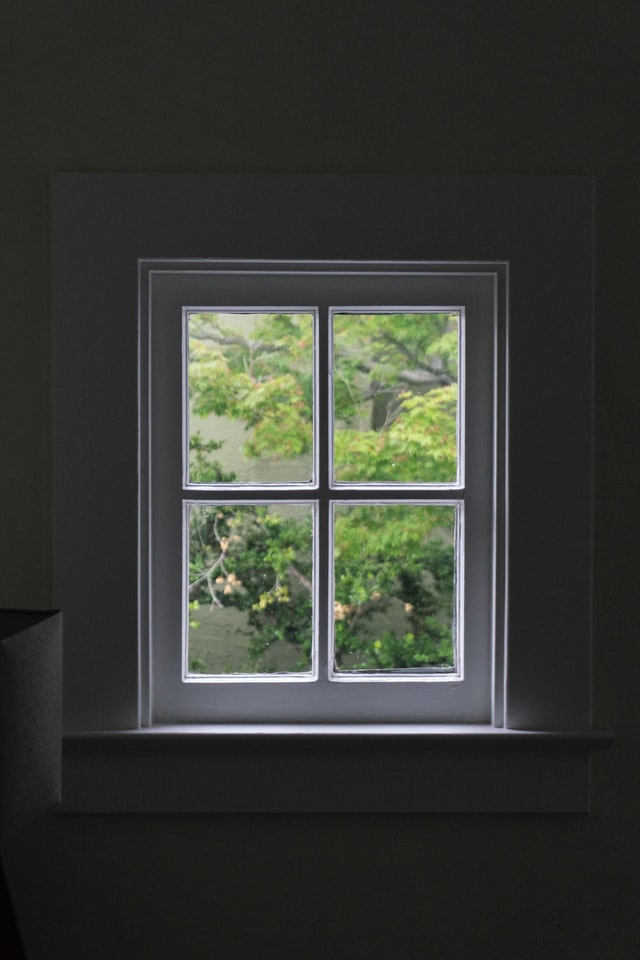
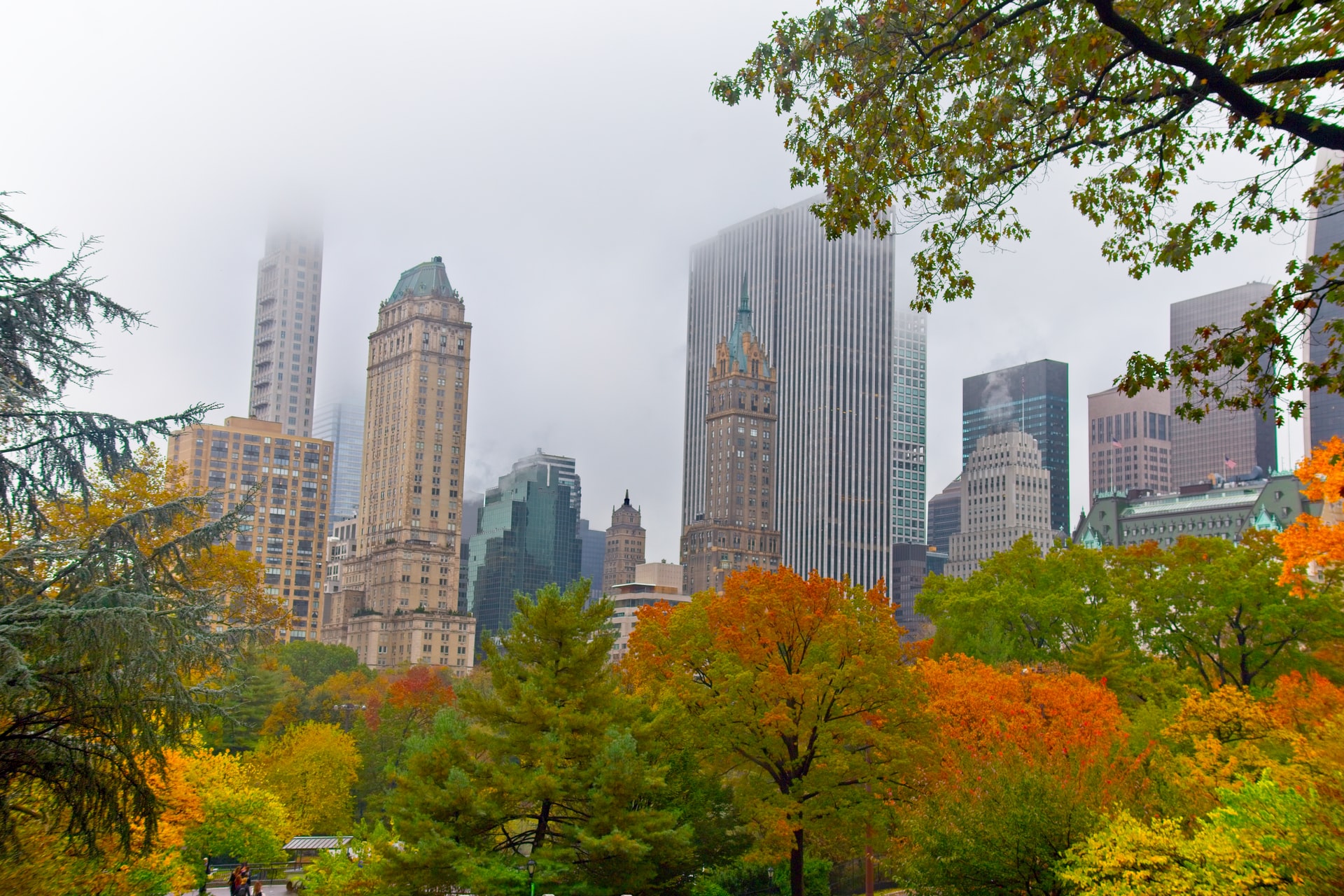
The positive Effect on health
In a second phase of the research, detailed information on trees in Brussels was compared to data on sales figures of medicines. Records of the National Health Insurance Service (IMA-AIM) made it possible to uncover links between urban green and sales figures of prescribed and reimbursed medication for cardiovascular diseases on the one hand, and mood disorders on the other.
The study also took into account socio-economic factors that often have an influence on the characteristics of the residential environment and on sales figures of medication. Affluent neighbourhoods are more likely to be green, for instance, and socio-economic status strongly determines cardiovascular health. These factors were included in the statistical analysis.
The patterns discovered by the research are quite surprising. On the one hand, there is a connection between the presence of high crown volumes and a lower use of the medicines under study. But on the other hand, the strength of that link diminishes if the high crown volumes correspond with many small trees.
The research results suggest that, from a health perspective, preserving old, large trees in an urban area makes more sense than planting ten new young trees.
“That is an important insight for urban planners and property developers”, says Professor Raf Aerts (KU Leuven, Sciensano). “Now, an old tree that’s standing in the way is cut down with little hesitation. People often argue that the plants will be compensated by new plants. But the positive effects of such a mature tree, on humans too, are clearly greater than expected. That is something to bear in mind when undertaking projects in urban settings.”
More information
The study "Residential Exposure to Urban Trees and Medication Sales for Mood Disorders and Cardiovascular Disease in Brussels, Belgium: An Ecological Study" by Dengkai Chi, Raf Aerts, Ben Somers et al was published in Environmental Health Perspectives.
Source: KU Leuven
